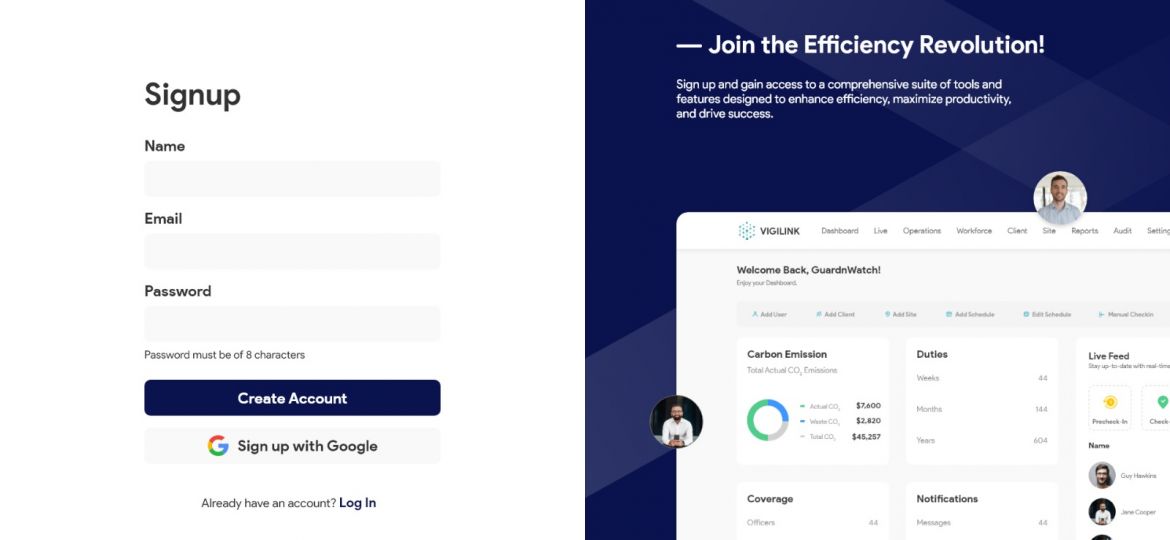4 Ways to Maximize HR and WFM Data
Human resources (HR) and workforce management (WFM) data provide valuable insights into an organization’s workforce, allowing HR professionals and decision-makers to make informed decisions. By harnessing the power of data analytics, organizations can unlock a wealth of information that can drive strategic workforce planning, optimize employee productivity, and enhance overall business performance. In this article, we will explore four key ways to maximize HR and WFM data to gain actionable insights and improve decision-making.
1. Predictive Analytics for Workforce Planning:
Predictive analytics is a powerful tool that uses historical HR and WFM data to forecast future workforce needs. By analyzing trends and patterns, organizations can make accurate predictions regarding staffing requirements, skill gaps, and succession planning. This enables proactive workforce planning and allows HR professionals to develop strategies to address potential challenges, such as recruitment initiatives, training programs, or talent retention efforts. Predictive analytics can help organizations stay ahead of workforce changes and ensure they have the right people with the right skills at the right time.
2. Identifying Performance Drivers:
HR and WFM data can provide insights into employee performance and identify the factors that contribute to high or low productivity. By analyzing performance metrics, such as sales figures, customer satisfaction ratings, or project completion rates, organizations can identify patterns and correlations. This information can help HR professionals and managers pinpoint the drivers of success or areas for improvement. For example, if certain teams consistently achieve high performance, HR can identify the key attributes or practices that contribute to their success and replicate them across the organization. Conversely, if certain departments struggle with performance, HR can investigate underlying issues and implement targeted interventions to address them.
3. Employee Engagement and Retention:
HR and WFM data can shed light on employee engagement levels and provide insights into factors that impact retention. By analyzing data from employee surveys, performance reviews, and exit interviews, organizations can identify patterns and trends related to employee satisfaction, engagement, and turnover. This information can help HR professionals identify areas where employee engagement is low and take proactive steps to address those issues. For example, if data indicates that a particular team has high turnover rates, HR can investigate the underlying causes, such as poor leadership or lack of development opportunities, and implement strategies to improve employee retention.
4. Continuous Improvement through Data-Driven Decision-Making:
Maximizing HR and WFM data requires a culture of data-driven decision-making. Organizations should encourage HR professionals and managers to use data as a basis for decision-making, rather than relying solely on intuition or subjective judgment. By fostering a data-driven culture, organizations can ensure that decisions related to hiring, training, performance management, and workforce planning are grounded in evidence and objective analysis. This approach allows for continuous improvement, as data can be used to monitor the impact of decisions and adjust strategies accordingly.
Conclusion:
HR and WFM data provide organizations with a treasure trove of information that can be leveraged to make data-driven decisions and drive organizational success. By maximizing the use of data analytics, organizations can gain insights into workforce planning, identify performance drivers, enhance employee engagement and retention, and foster a culture of continuous improvement. Embracing the power of HR and WFM data allows organizations to optimize their workforce, align talent with strategic objectives, and stay ahead in an increasingly competitive business landscape.
















